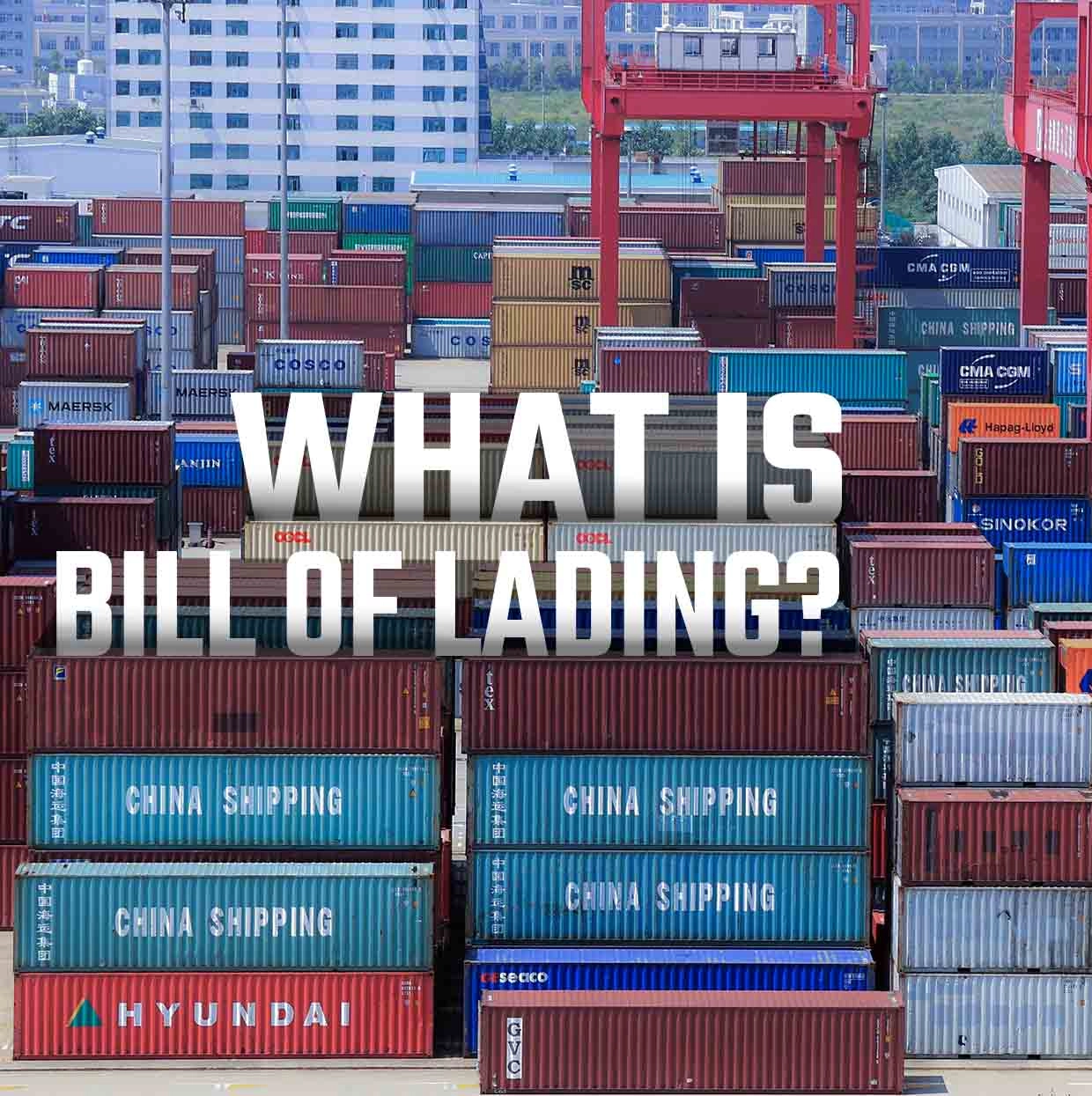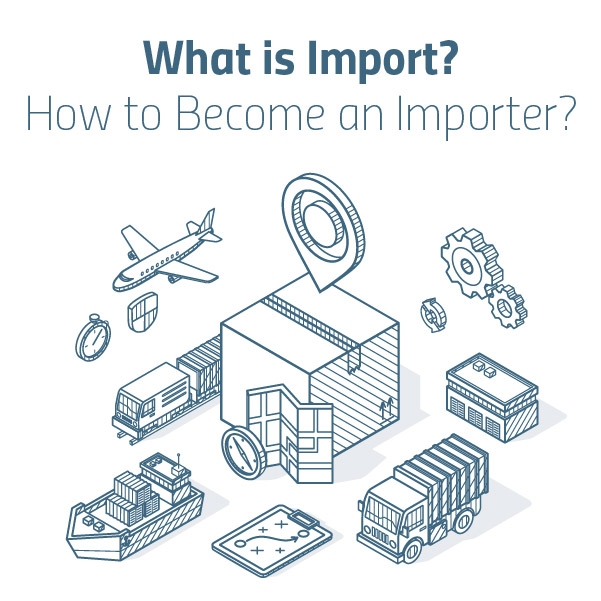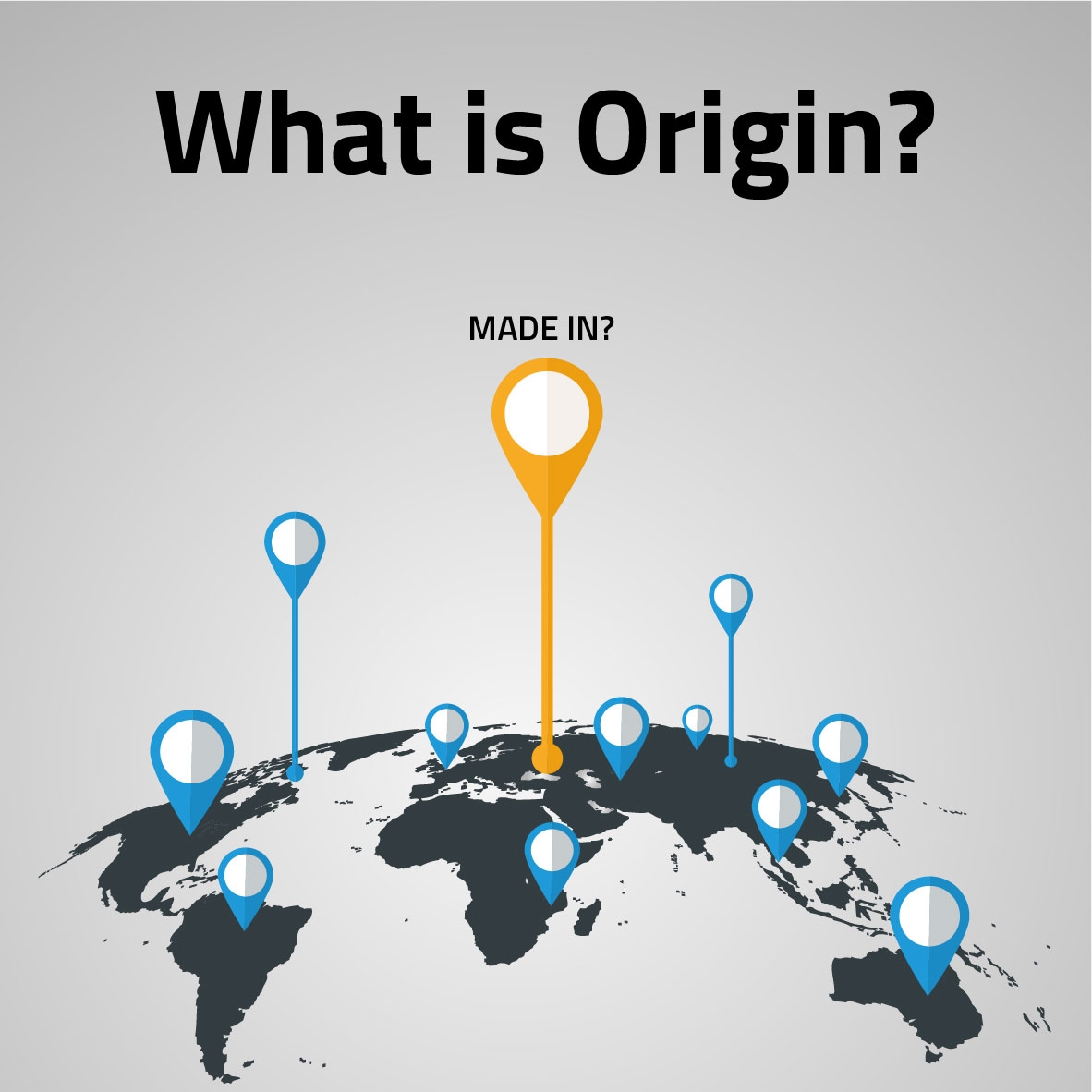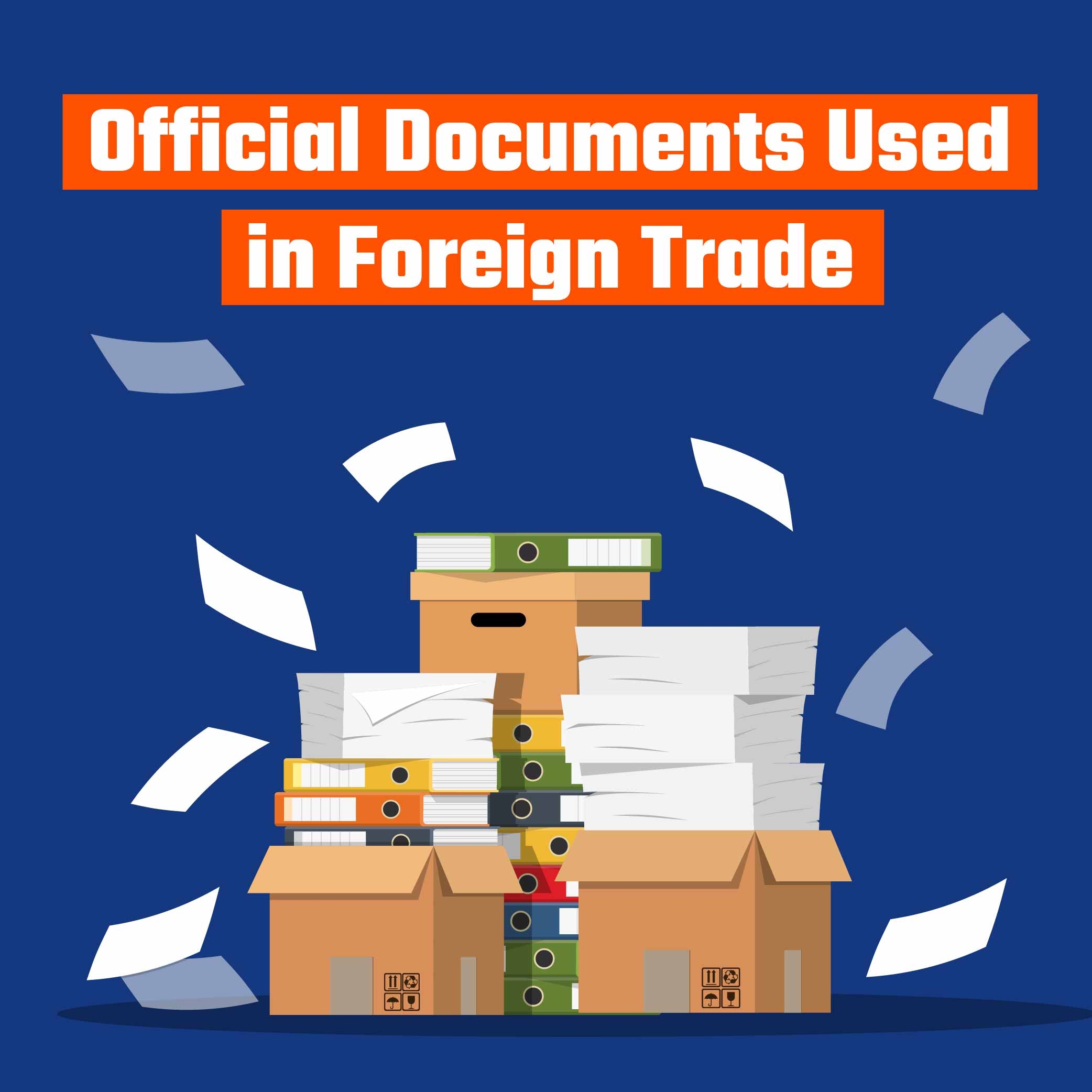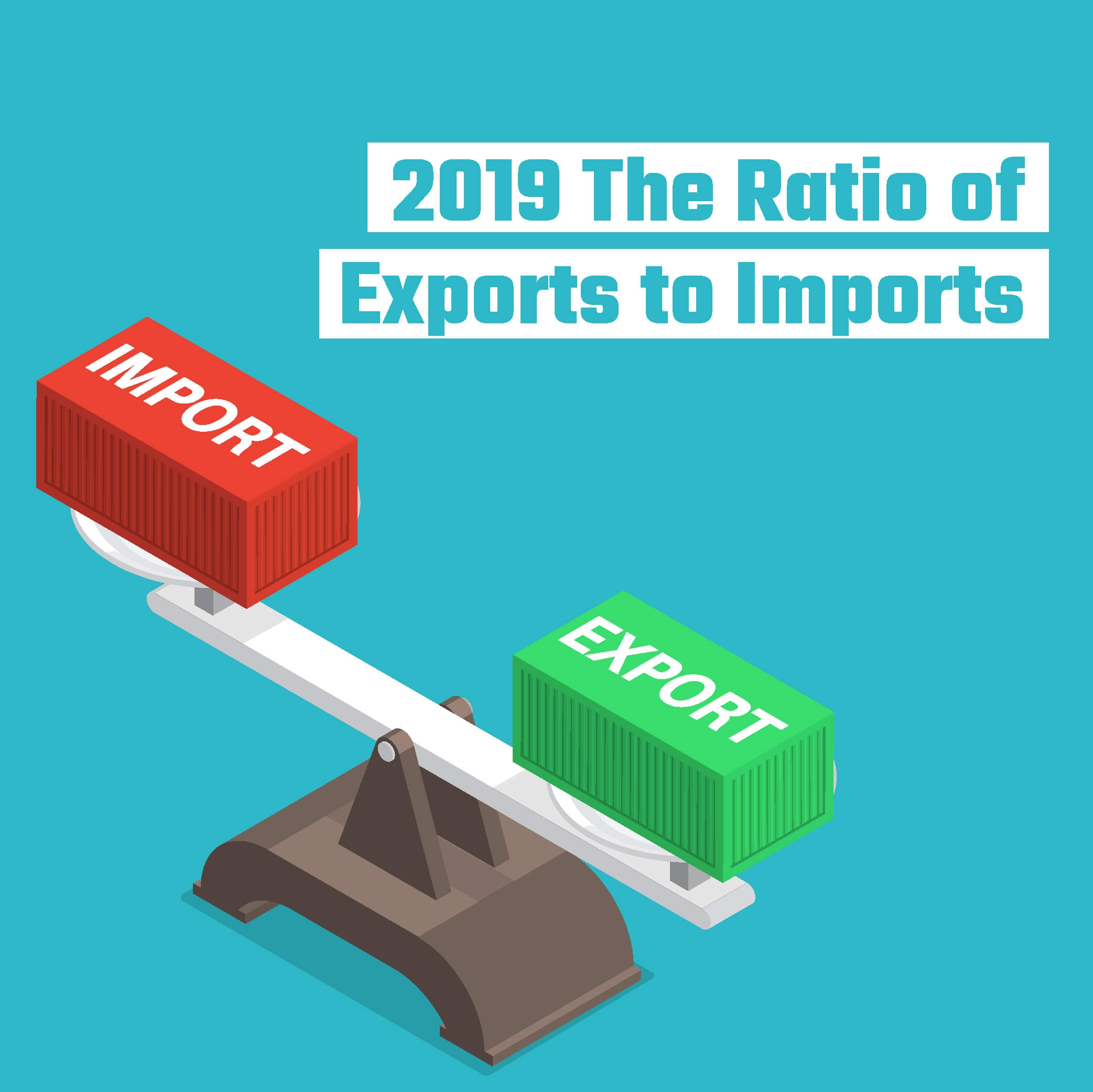Even
though the borders of countries become clear again during the COVID-19 pandemic,
the international borders lose their importance as we have witnessed in the
European Union and in the ASEAN Area. The volume of the global trade is
increasing rapidly as borders lose their meaning gradually. According to
Statista's data, the world trade volume grew with a very high acceleration
between 1950-2019. During commercial activities, the bill of lading is
essential for a healthy conclusion of commercial transactions. Bill of lading
documents are very important for companies operating in business, and TradeAtlas is a database that contains 1,458,932,245 bill of lading and shipments
data.
What is Bill of Lading?
It is a
valuable document containing all the information related to the relevant
commercial transaction, especially the information such as the loader, the
buyer, the notification authority, in the bill of lading or otherwise known as
the bill of carriage. In other words, the bill of lading document is actually a
loading instruction. The word bill of lading, which comes to our language from
the Italian conoscimento word, means "recognition, confirmation,
confirmation in maritime trade". Although documents similar to the bill of
lading date back to the ancient Roman years, in 1063, with the Ordinamenta et
consuetudo maris law, ship owners in all city states in Italy were obliged to
record the quality and amount of cargo loaded on their ships. There are three
main types of bill of lading: road bill of lading, maritime bill of lading and
air waybill. The following information is included on the bill of lading:
·
Shipping
company name
·
Weight
and monetary value of the goods carried.
·
Name
and address of the exporter
·
Name
and address of the importer
·
Loading
date of the goods
·
Terms
of payment
·
Loading
and destination port information
·
Freight
payment information
·
Signature
and document issuance date
·
Number,
dimensions, full name, feature, delivery type, weight of the goods, etc.
How to Query the Bill
of Lading?
In order
to inquire about the bill of lading, it is necessary to have a copy of the bill
of lading or to know the bill of lading number. After obtaining the bill of
lading document, you should enter the website of the carrier firm and access
information about the bill of lading and the status of the cargo.
How
to fill in the Bill of Lading?
The bill
of lading, which is the biggest guarantee for the delivery of goods sent
abroad, must be filled with complete and accurate information because a
correctly filled bill of lading is one of the first requirements of the correct
and safe shipment of the overseas shipment. The bill of lading document is
filled in three copies. These three copies are then given to the shipper first,
the second copy accompanies the goods, and the third copy remains with the
carrier. Thus, it can be checked by all parties whether the goods are
transported in the agreed conditions, whether they are received in good
condition and whether the contract of carriage has been made.

